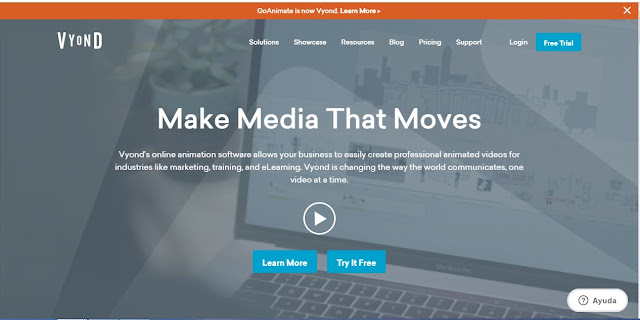Internet-based projects - Webquests
INTERNET BASED PROJECT
Why do Internet-based project work?
• They are a structured way for teachers to begin to incorporate the Internet into the language classroom.
• The use of projects encourages cooperative language learning, and therefore, stimulates interaction.
• They can be used simply for language learning purposes but they can also work with other departments and subject areas, giving students a more “real world” look and providing greater motivation for the learner.
• They encourage critical thinking skills. Learners have to transform information in order to achieve a given task.
How to create an Internet-based project?
- Choose the project topic
- Make the task clear (what information will they need to find?)
- Find the resources (Which website do they need to visit?)
- Decide on the outcome (What is the final purpose of the project?)
WEBQUEST
• WebQuests are projects in which a large percentage of the input and material is supplied from the internet.
• They can be teacher-made or learner-made.
• According to Bernie Dodge, “A WebQuest is an inquiry-oriented activity in which some or all of the information that learners interact with comes from resources on the Internet.”
There are two types of WebQuests:
• Short term WebQuests: Learners grapple with a significant amount of new information and made sense of it. A short-term WebQuest may spread over some classes and involve learners in visiting a selection of sites to find information and using it in the class to achieve a set of learning aims
• Longer-term WebQuests: Learners analyze a body of knowledge deeply, transforming it in some way. They will have demonstrated an understanding of the material by creating something that others can respond to, online or offline. Learners transform the information they acquire turning it into a new product: a report, presentation, interview or survey.
Four steps to work with a WebQuest:
1) INTRODUCTION: It involves giving background information on the topic and in the language learning context.
2) TASK: explains what learners will have to do. It has to be motivating and interesting for them.
3) PROCESS: It guides the learners through a set of activities and research task, using a set of predefined resources.
4) EVALUATION: Self-evaluations or teacher evaluation.
My Webquest on "Virtual VS Real world"
You can check it out here.
References
Hockly, N., & Dudeney, G. (2007) Chapter 4 "Internet based project work". In How to Teach English with Technology. Essex: Pearson.







Please add intertext references as well :-)
ResponderEliminar